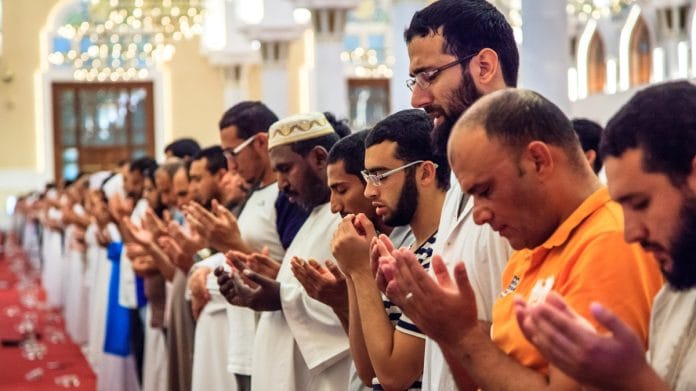Thank you dear subscribers, we are overwhelmed with your response.
Your Turn is a unique section from ThePrint featuring points of view from its subscribers. If you are a subscriber, have a point of view, please send it to us. If not, do subscribe here: https://theprint.in/subscribe/
Let’s look at the facts.
- Education. The literacy rate of rural Muslim Indian women is a shade higher than that of rural Hindu women. Pair it with the fact that the sex gap in literacy across urban and rural among Hindus is greater than among Muslims. (Note also how pleasing the numbers are among Sikhs.)

- HH Expenditure. The Muslim/Hindu household expenditure ratio across rural India is 110 (see here). After adjusting for household size, it drops to 97. In no state except Delhi (which has a tiny rural population) is the ratio ever lower than 83, and in 15 out of 22 states (this is still 2007), the Muslim/Hindu ratio is over 100. There is also significant regional variation. Muslims in rural Kerala have a higher average household expenditure than the mean household expenditure among rural Hindus in any state! The urban Muslim/Hindu expenditure ratios look starker, but the mean is 87. None of this accounts for the fact that Muslims are, on average, younger than Hindus.
- Infant Mortality. According to Vaclav Smil, “Infant mortality is an excellent proxy for a wide range of conditions including income, quality of housing, nutrition, education, and investment in health care.” Indian Muslims have long enjoyed an advantage over Hindus (see here and here).
- Share of Population and TFR.
- The share of Hindus as a percent of the population declined by nearly 8% over the many decades. Compare that to India’s neighbors, especially East Pakistan/Bangladesh, but also Burma (see here).
- One metric that is correlated with development is TFR. In the last 27 years, the TFR among Hindus has declined from 3.3 to 1.9, while among Muslims it has declined from 4.4 to 2.4 (see here).
These pieces are being published as they have been received – they have not been edited/fact-checked by ThePrint.


